Executive decision: BMW reveals the new, groundbreaking 7 Series
We take a ride aboard BMW's groundbreaking 7 Series
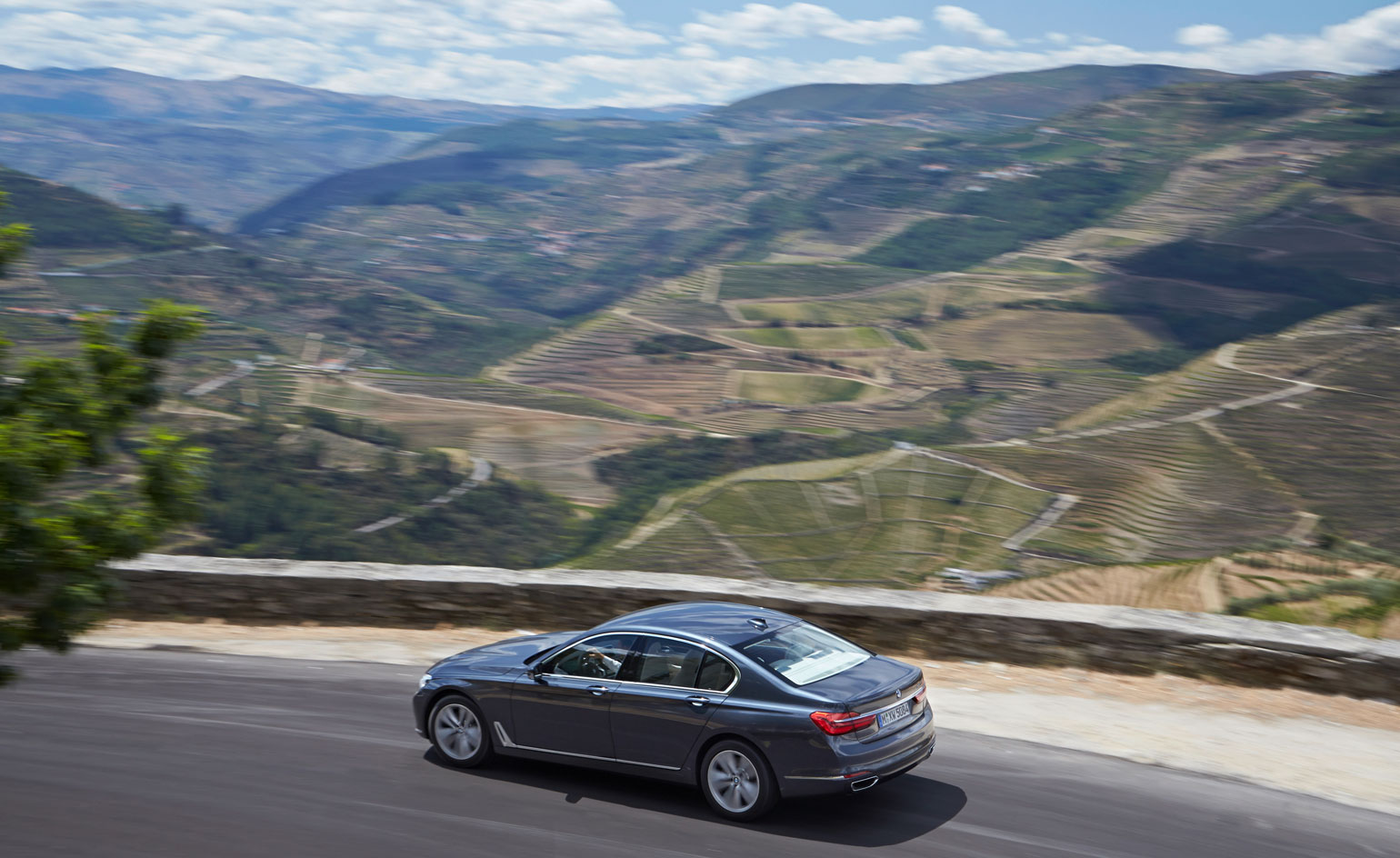
The ‘welcome carpet’ rolls out an expanse of white light to receive passengers. Once aboard, they can snuggle in the soft, quilted leather seats, trigger the vitality programme for some active massage, or release the foot rest and recline to almost horizontal, then let the little LED lights sparkle up the panoramic roof like a starry sky at night. The latest 7 Series is all about creating a sanctuary, akin to a luxury hotel, for the busy executive.
We’ve been transported to northern Portugal to test the sixth generation of BMW’s pinnacle car. The drive takes us along the Douro Valley (a UNESCO World Heritage Site), on picturesque roads that cut through the hillside vineyards, short vines laden with ripe purple grapes that produce the local Port wine.
We hardly notice the mid-August holidaymakers and torrential rain as the 7 glides peacefully, the Bowers & Wilkins Diamond surround system delivering a precise and rich sound evenly around the cabin. It is so peaceful inside this executive saloon that we barely raise an eyebrow when, with a click of a button, the 7 drives itself on the straight highway.
Since it was first introduced in 1977, the 7 Series has helped introduce advanced technology to the marque, many of which have filtered down to the rest of the family, including BMW’s then pioneering iDrive in the 2001 E65.
This latest model is the most technologically advanced production car BMW has delivered. Constructed using the marque’s new modular platform, tailored from the i electric sub-brand architecture, the combination of lightweight carbon-fibre and aluminium with durable steel has helped shed some 130kg in weight despite the car being taller and longer than its predecessor, for improved fuel economy and handling.
The new 7 is the first production car in the family to feature the very latest laserlights, as seen on the i8 electric hybrid supercar. The laser-based beam technology, with blue design accents to differentiate it from regular LED lights, illuminates the road 600m ahead, double that of conventional headlights.
The 7 can self-park too. All the driver need do is step out of the car and instruct the vehicle to move forward into, or reverse out of, a tight parking spot remotely using the car key. Park distance control technology and surround view sensors in and around the car monitor the procedure, and you can bring the vehicle to a controlled stop at any stage.
The marque’s gesture control technology is also being debuted here, designed to complement the latest iDrive with touchpad and touchscreen functions. Three-dimensional sensors register your movements, allowing easy interaction with the infotainment system. The driver can accept or reject phone calls with a simple swipe and point, and a circular finger wiggle adjusts the stereo volume. You may feel a little self-conscious at first, but once mastered like a conductor, the gestures are almost intuitive.
The xDrive four-wheel-drive is offered for the first time on the new 7, and a plug-in hybrid will complete the family when it is introduced in the spring of next year.
‘As a driving company,’ Adrian van Hooydonk, BMW Group design director, says, ‘we shouldn’t do traditional luxury. Modern luxury is our niche and this has a lot to do with intelligence.’
There is therefore no big explosive narrative here – no design showmanship. The sculpture is restrained, and in an evolution of the former model, the modest exterior almost hides the technology that lies beneath.
Most of the new elements are functional. For instance, the headlights stretch into the new active kidney grille where the visible air vents with chrome slats regulate airstream by opening the engine if it needs extra cooling (in the closed state they improve aerodynamics).
Elsewhere, a new and prominent double character line runs the length of the car, directing the eye across the body and simultaneously incorporating the door handle for a seamless profile. This, together with the elegant ultra thin side mirrors which appear to grow organically out of the window outline, enhances the 7’s aerodynamics.
Possibly more than any other BMW, the 7 needs to resonate globally – especially in markets like China and the Middle East where chauffeured driving is the norm for the executive class.
So, at the start of the 7 Series project, van Hooydonk sent his design team travelling the world to explore what modern luxury means in a more global context. He admits that when it comes to the concept, there are universal similarities. ‘When you enter a top hotel there is a certain something, the subtleties – the light, mood, ambience,’ he continues, all of which helped inform the design of this car.
Ultimately, the 7 Series is a highly advanced gadget dressed in a tailored suit. We ask van Hooydonk how design should respond to cars becoming increasingly big and complex tech gadgets. ‘For us this is something worthy of exploring further. I think cars can and should become more intelligent. But they should be serving the customer.’
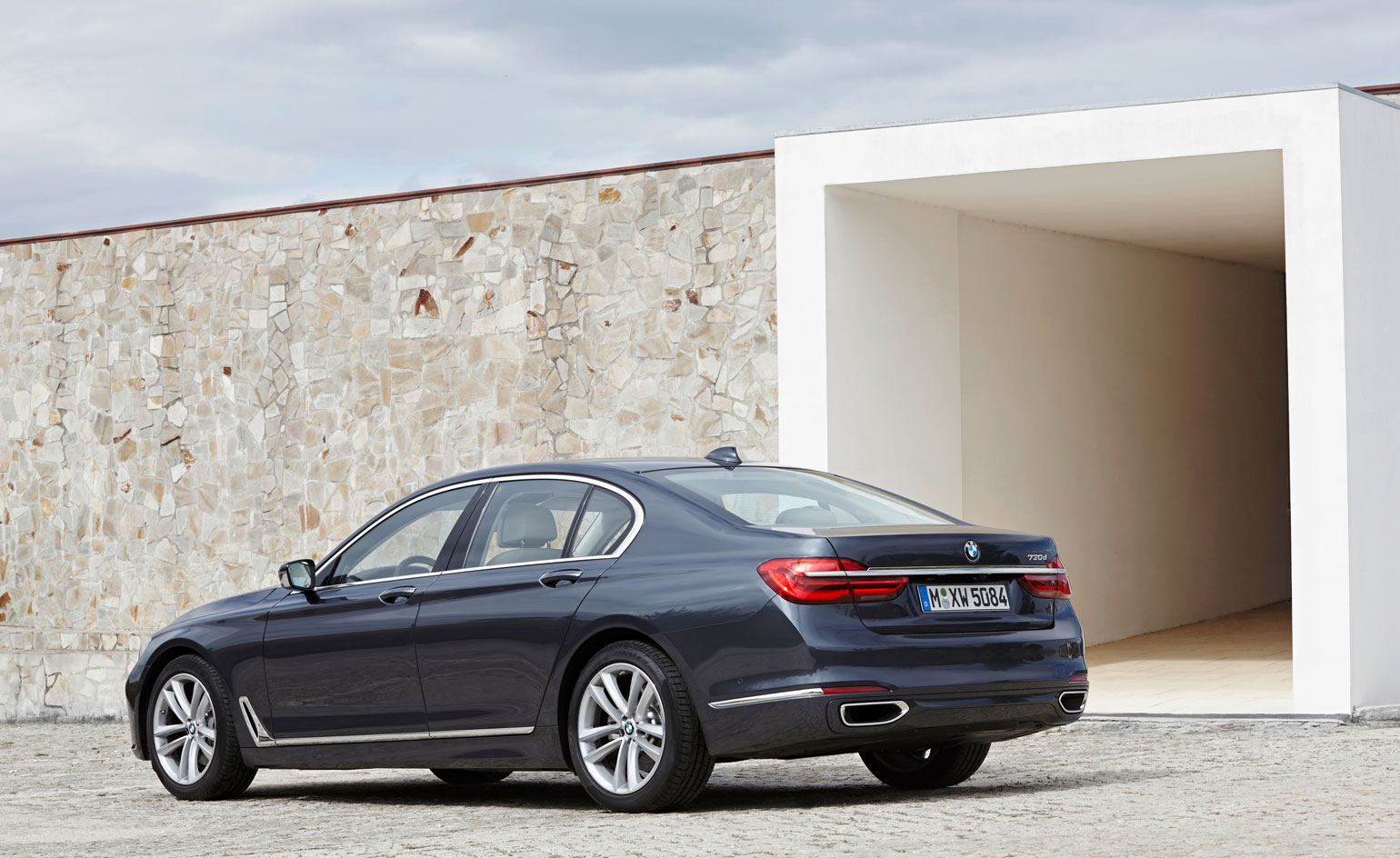
Since it was first introduced in 1977, the 7 Series has helped introduce advanced technology to the marque, many of which have filtered down to the rest of the family, including BMW’s then pioneering iDrive in the 2001 E65
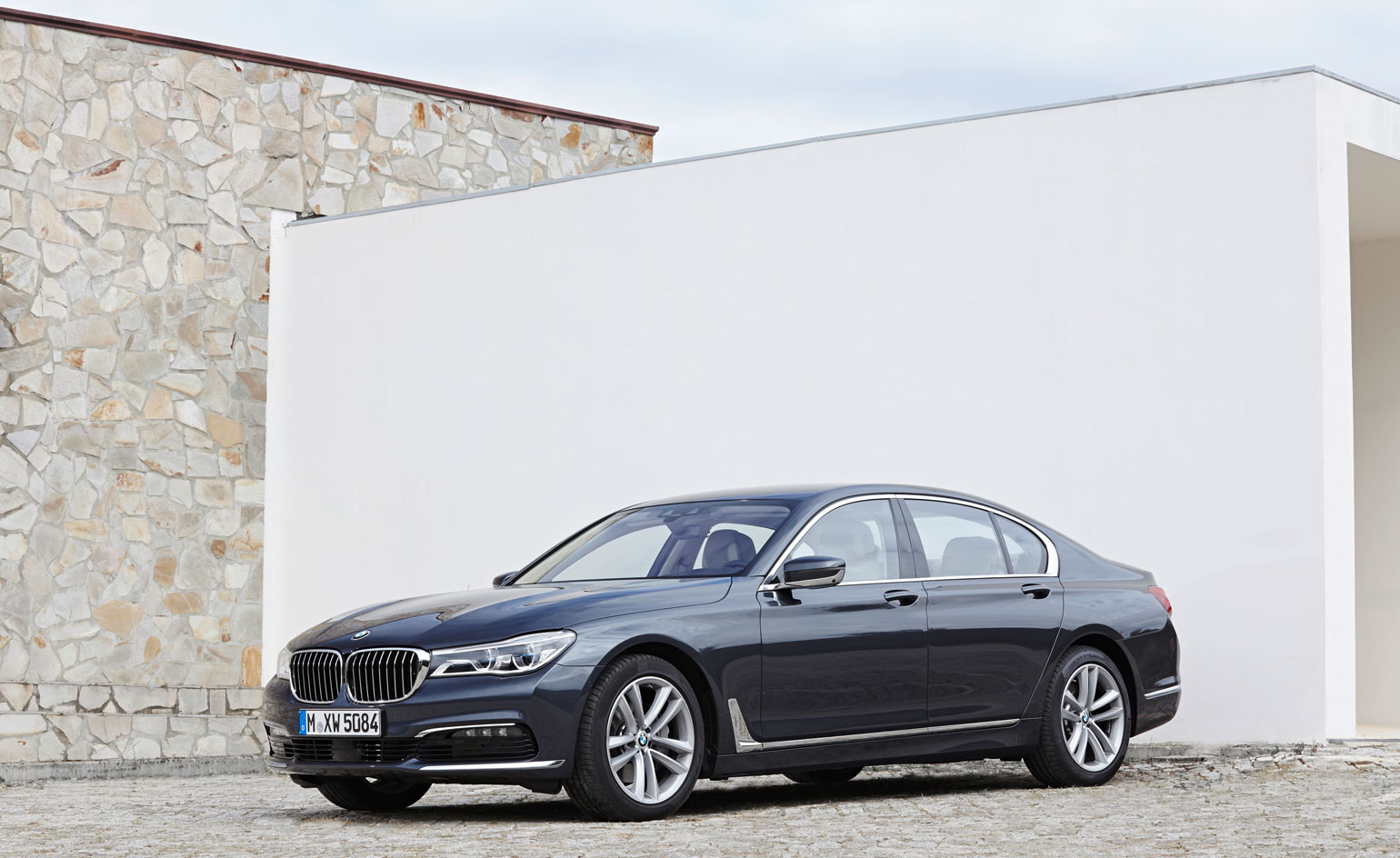
This latest model is the most technologically advanced production car BMW has delivered
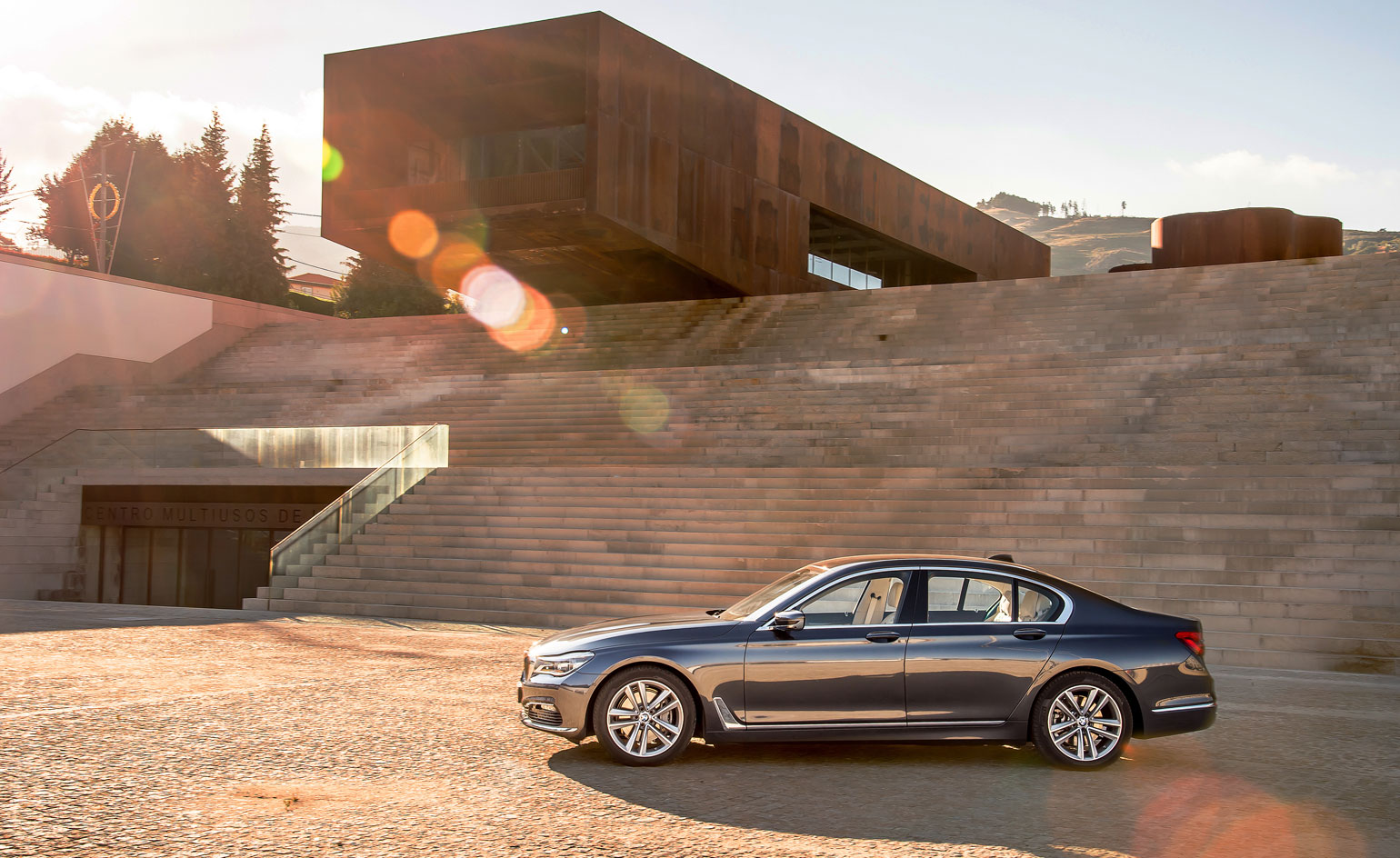
Possibly more than any other BMW, the 7 needs to resonate globally – especially in markets like China and the Middle East where chauffeured driving is the norm for the executive class
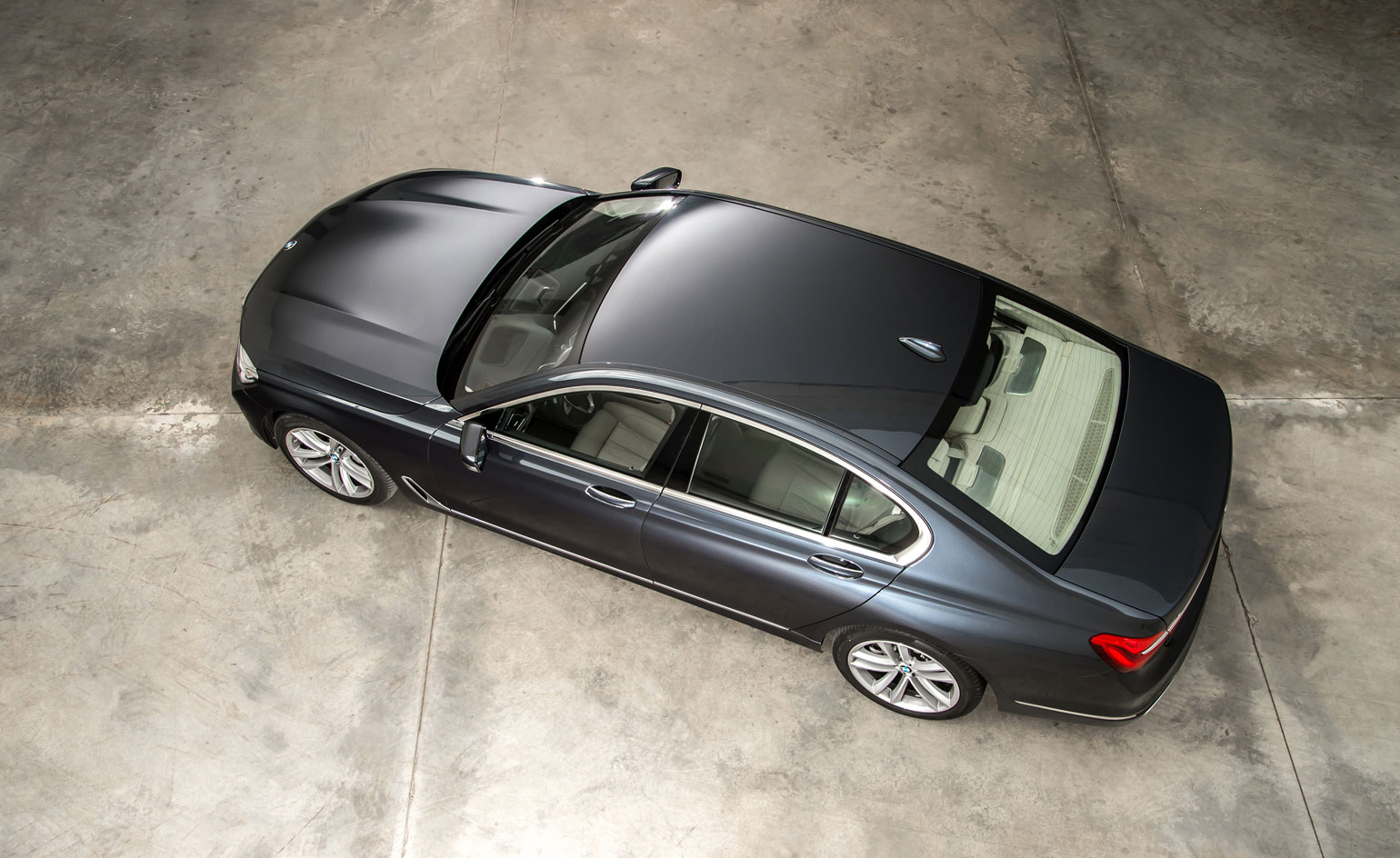
The 7 can self-park. All the driver need do is step out of the car and instruct the vehicle to move forward into, or reverse out of, a tight parking spot remotely using the car key
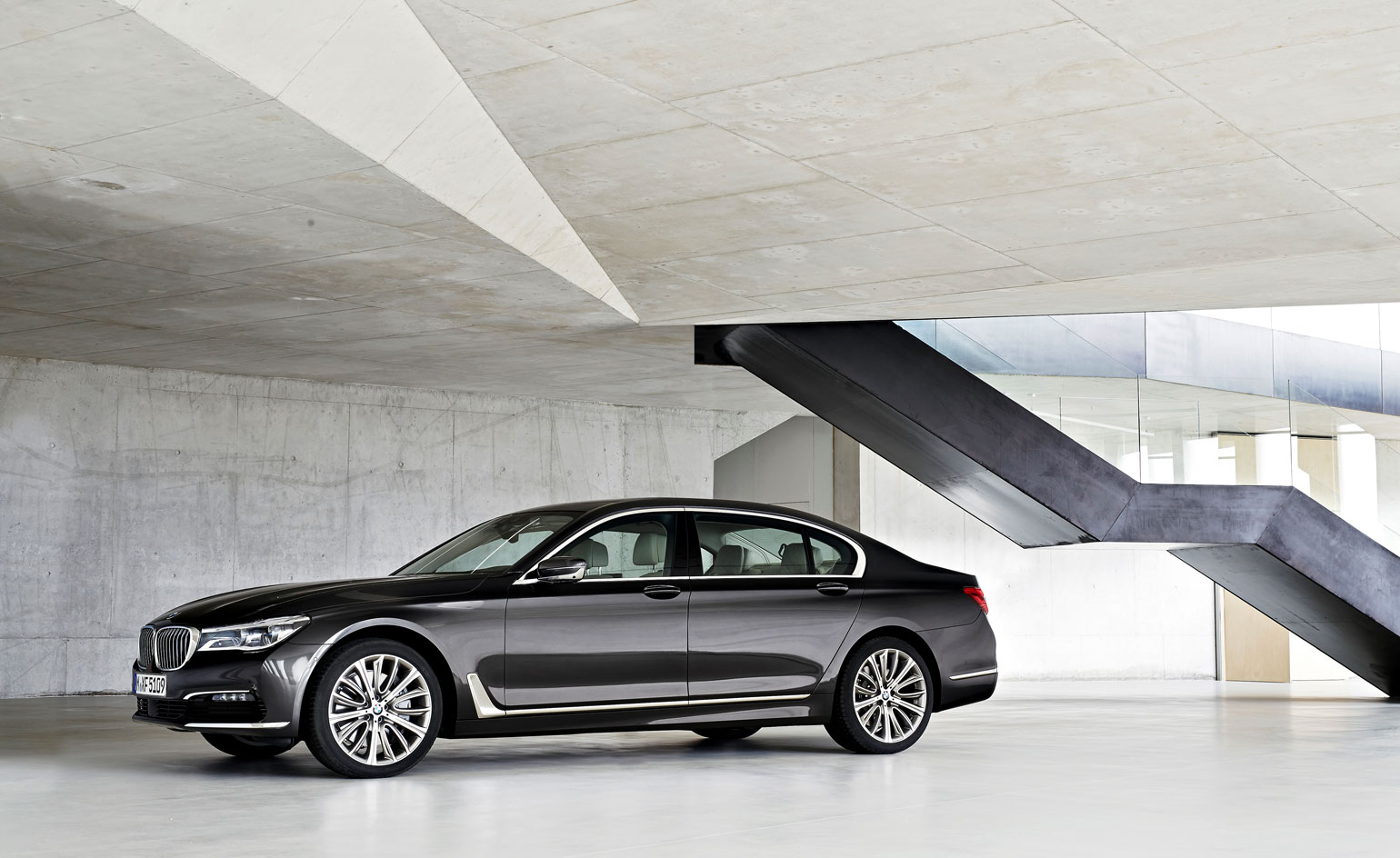
‘As a driving company,’ Adrian van Hooydonk, BMW Group design director, says, ‘we shouldn’t do traditional luxury. Modern luxury is our niche and this has a lot to do with intelligence’
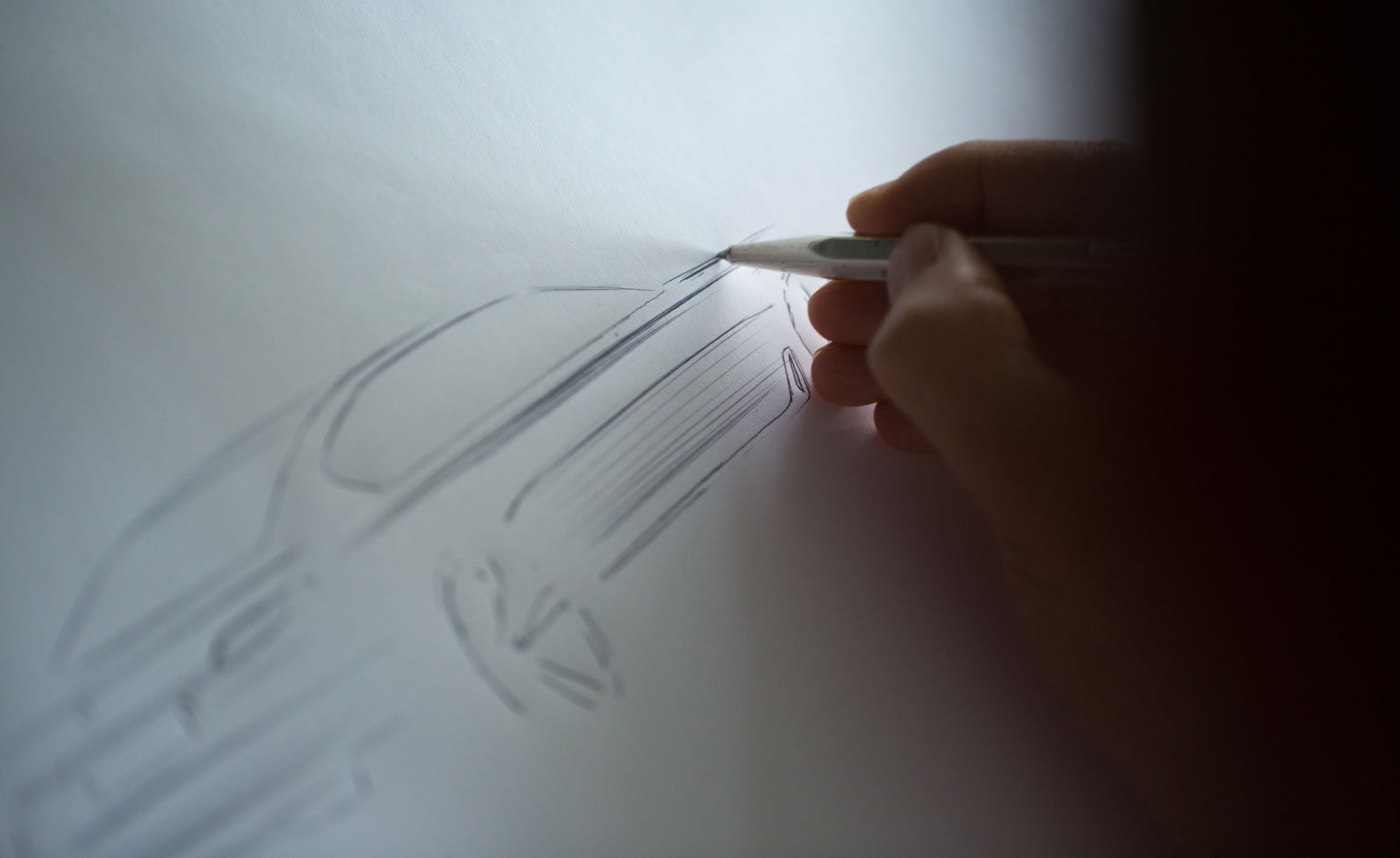
There is therefore no big explosive narrative here – no design showmanship. The sculpture is restrained, and in an evolution of the former model, the modest exterior almost hides the technology that lies beneath
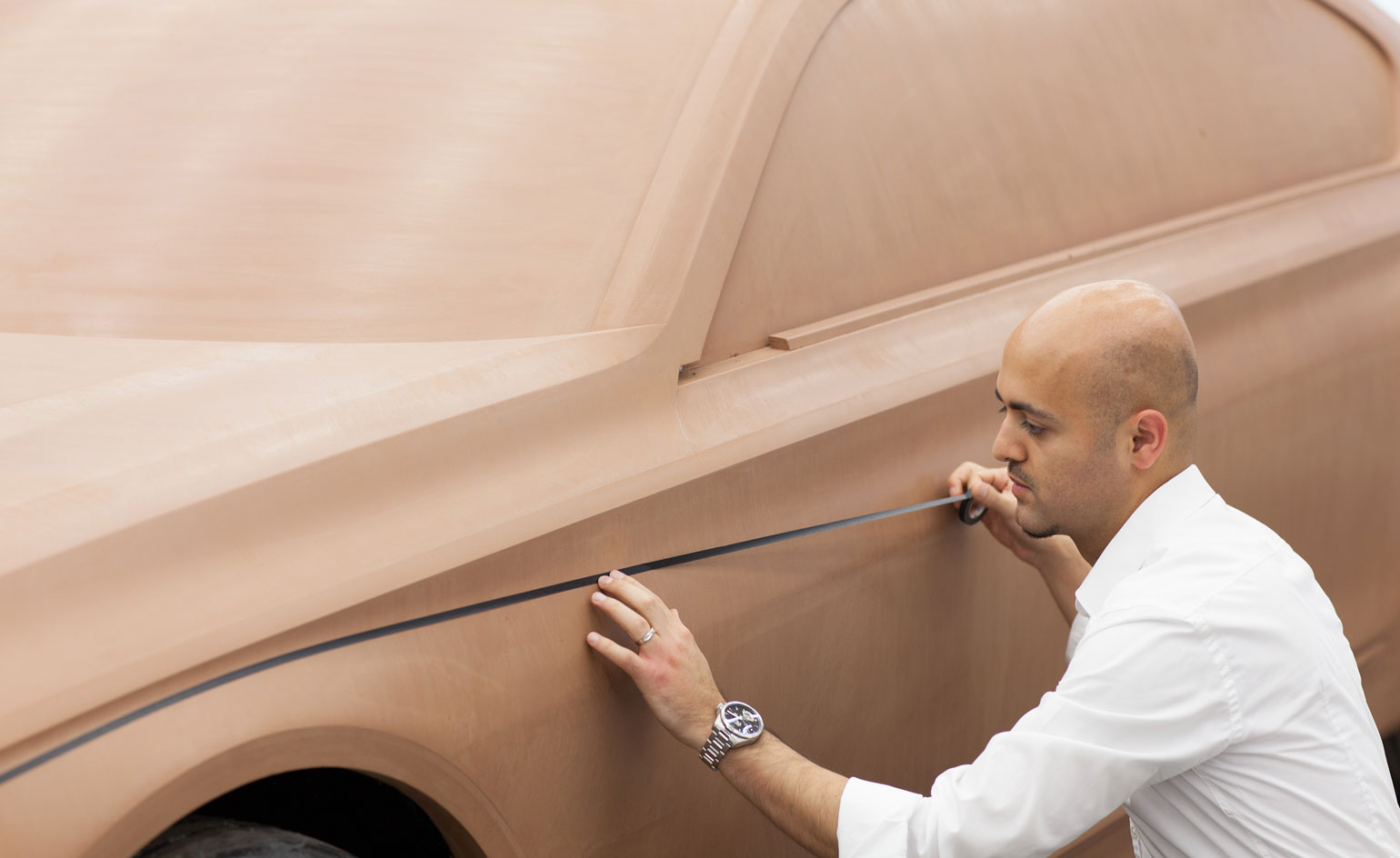
A new and prominent double character line runs the length of the car, directing the eye across the body and simultaneously incorporating the door handle for a seamless profile
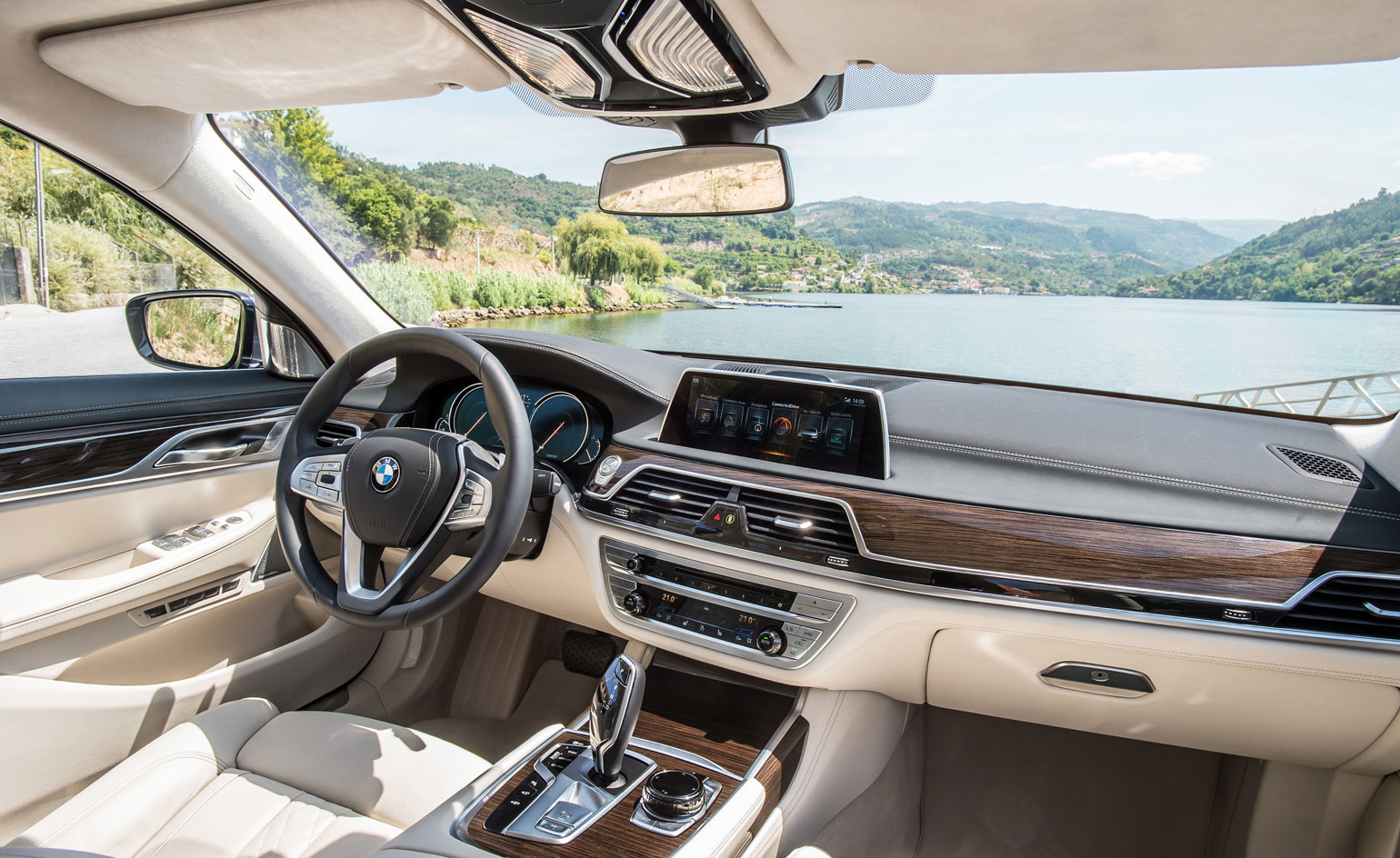
The marque’s gesture control technology is also being debuted here, designed to complement the latest iDrive with touchpad and touchscreen functions
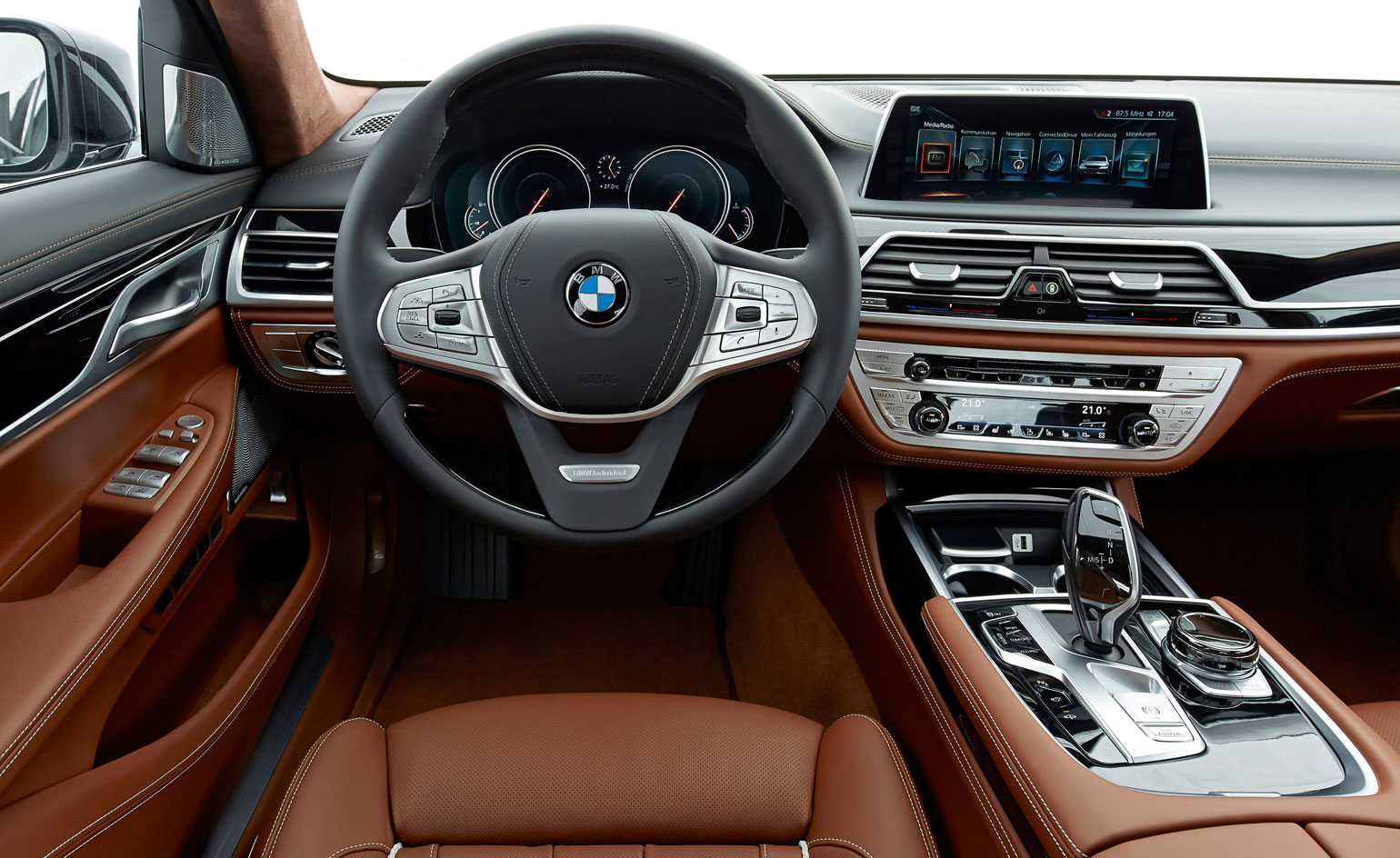
The driver can accept or reject phone calls with a simple swipe and point, and a circular finger wiggle adjusts the stereo volume
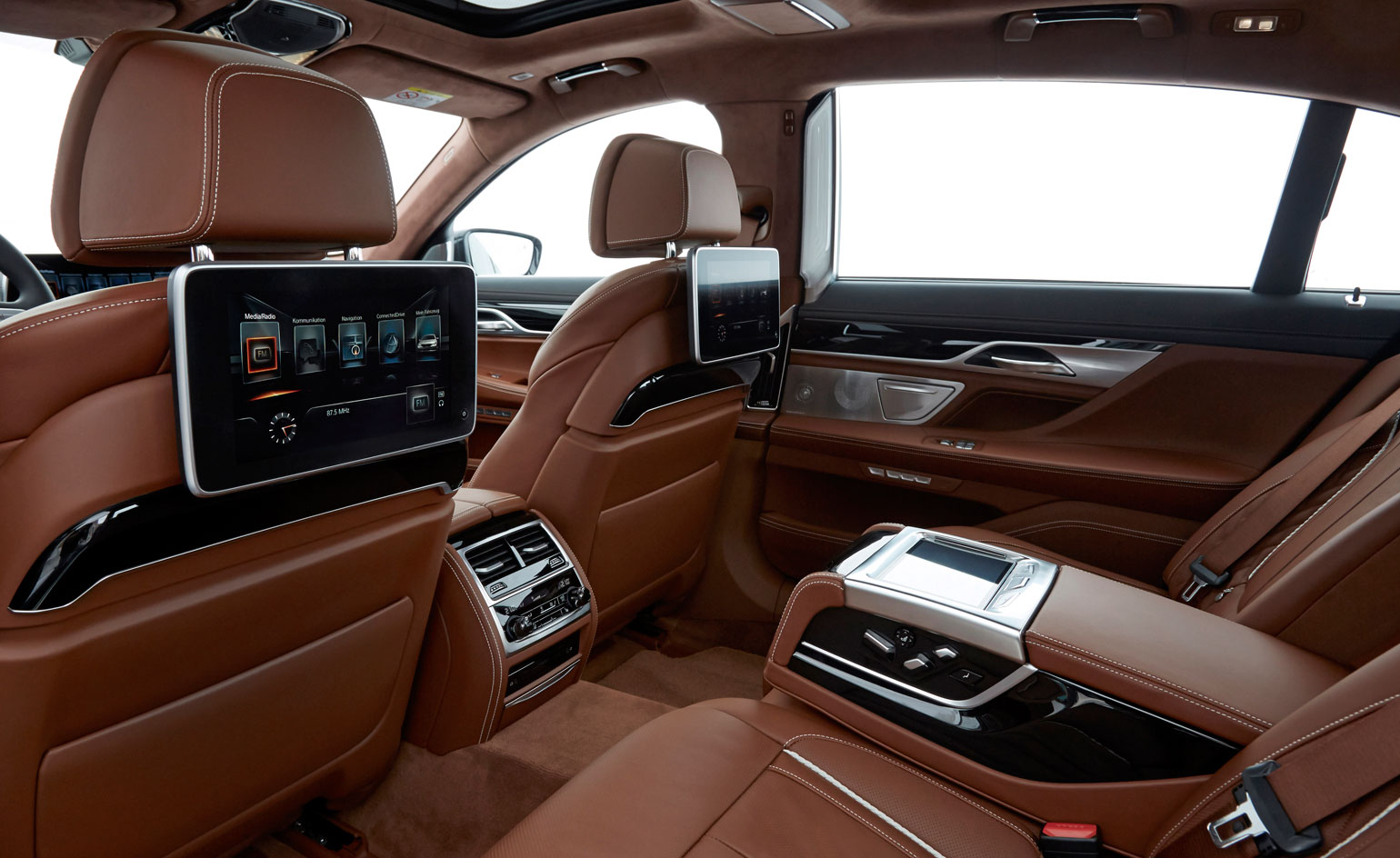
You may feel a little self-conscious at first, but once mastered like a conductor, the gestures are almost intuitive
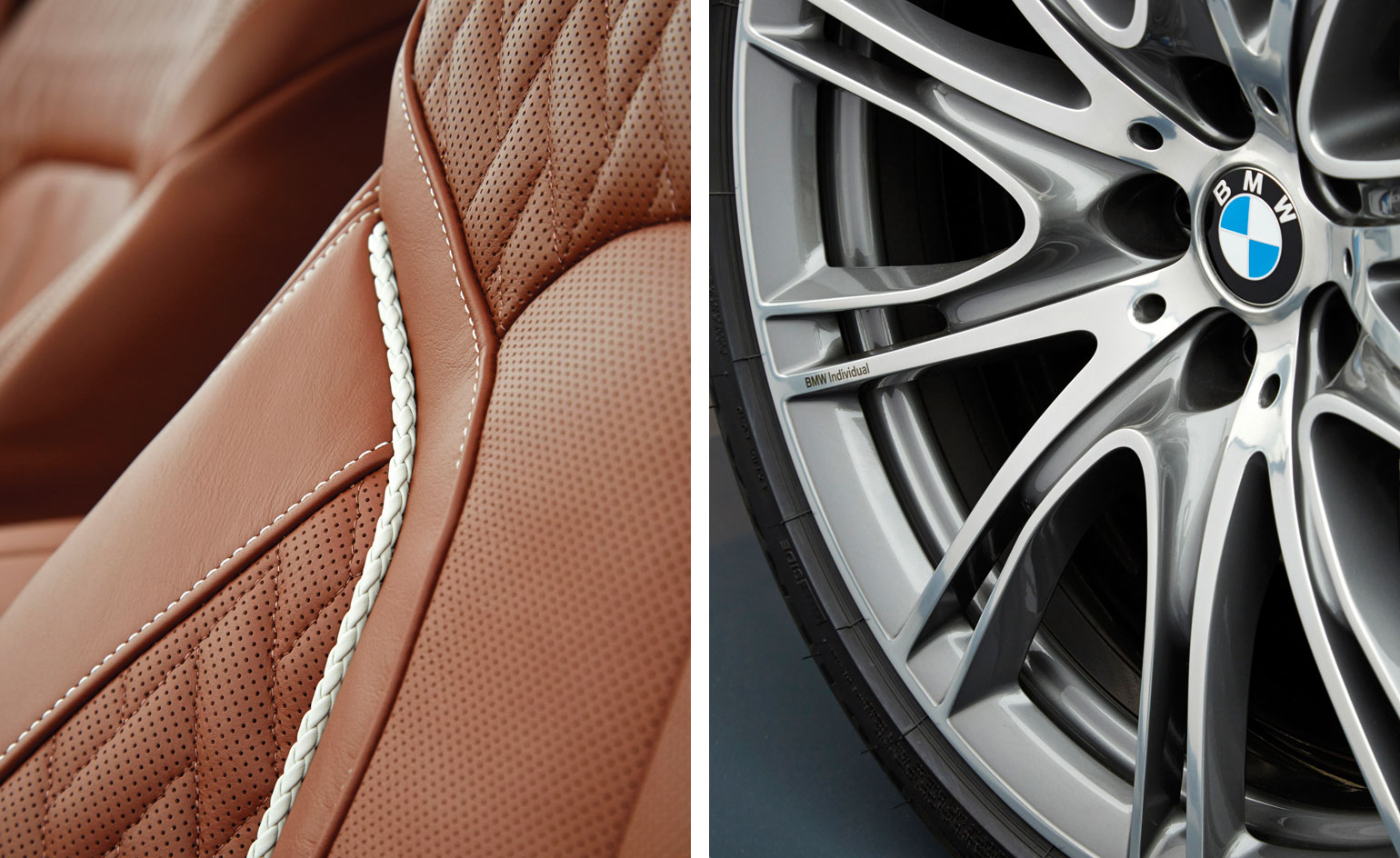
Ultimately, the 7 Series is a highly advanced gadget dressed in a tailored suit
Wallpaper* Newsletter
Receive our daily digest of inspiration, escapism and design stories from around the world direct to your inbox.
A writer and editor based in London, Nargess contributes to various international publications on all aspects of culture. She is editorial director on Voices, a US publication on wine, and has authored a few lifestyle books, including The Life Negroni.
-
 All-In is the Paris-based label making full-force fashion for main character dressing
All-In is the Paris-based label making full-force fashion for main character dressingPart of our monthly Uprising series, Wallpaper* meets Benjamin Barron and Bror August Vestbø of All-In, the LVMH Prize-nominated label which bases its collections on a riotous cast of characters – real and imagined
By Orla Brennan
-
 Maserati joins forces with Giorgetti for a turbo-charged relationship
Maserati joins forces with Giorgetti for a turbo-charged relationshipAnnouncing their marriage during Milan Design Week, the brands unveiled a collection, a car and a long term commitment
By Hugo Macdonald
-
 Through an innovative new training program, Poltrona Frau aims to safeguard Italian craft
Through an innovative new training program, Poltrona Frau aims to safeguard Italian craftThe heritage furniture manufacturer is training a new generation of leather artisans
By Cristina Kiran Piotti
-
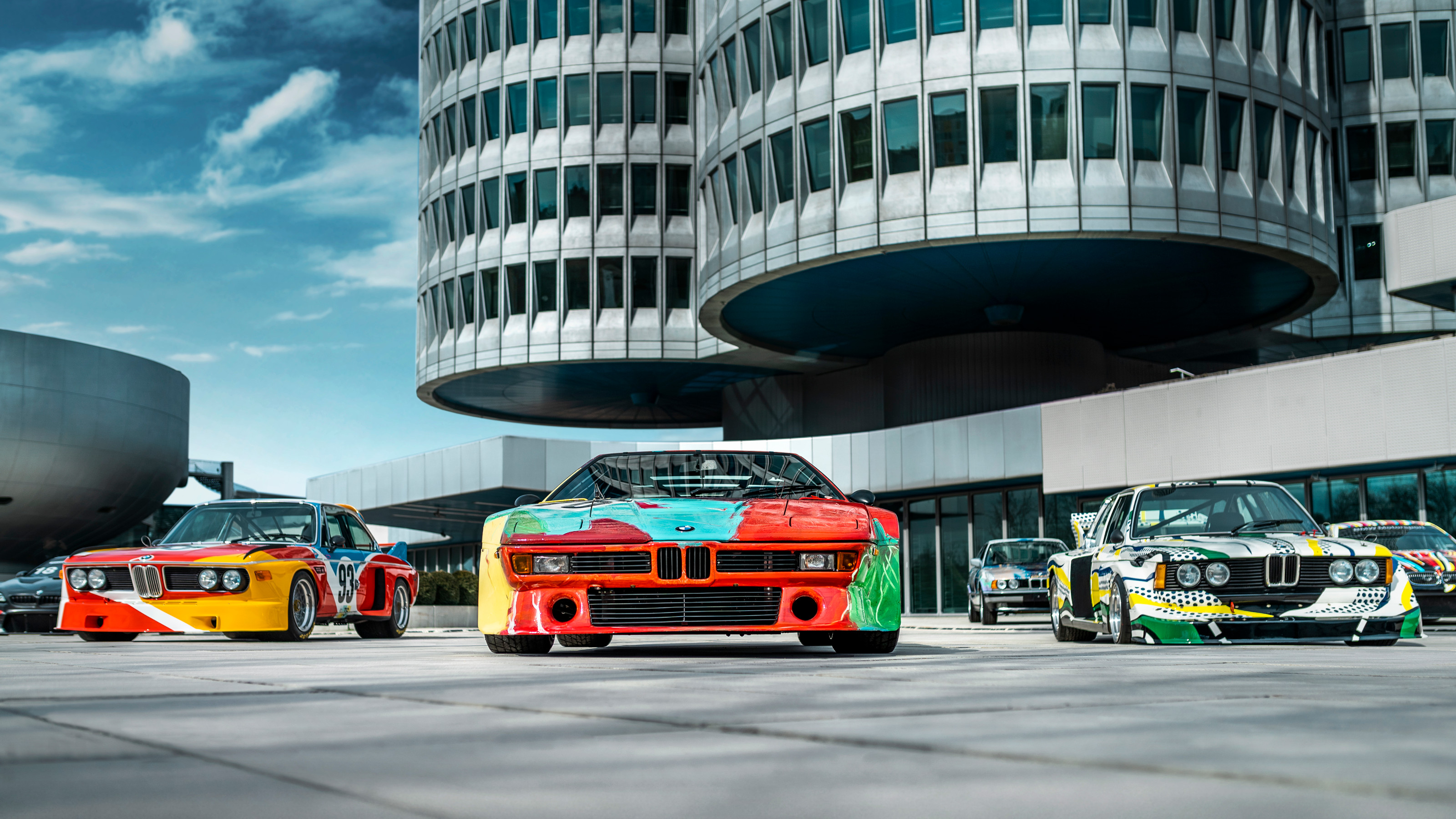 BMW celebrates half a century of its pioneering Art Car project with exhibitions and more
BMW celebrates half a century of its pioneering Art Car project with exhibitions and moreWe present a portfolio of the artists who have contributed to 50 years of BMW Art Cars, including Andy Warhol, John Baldessari, Jenny Holzer and David Hockney
By Jonathan Bell
-
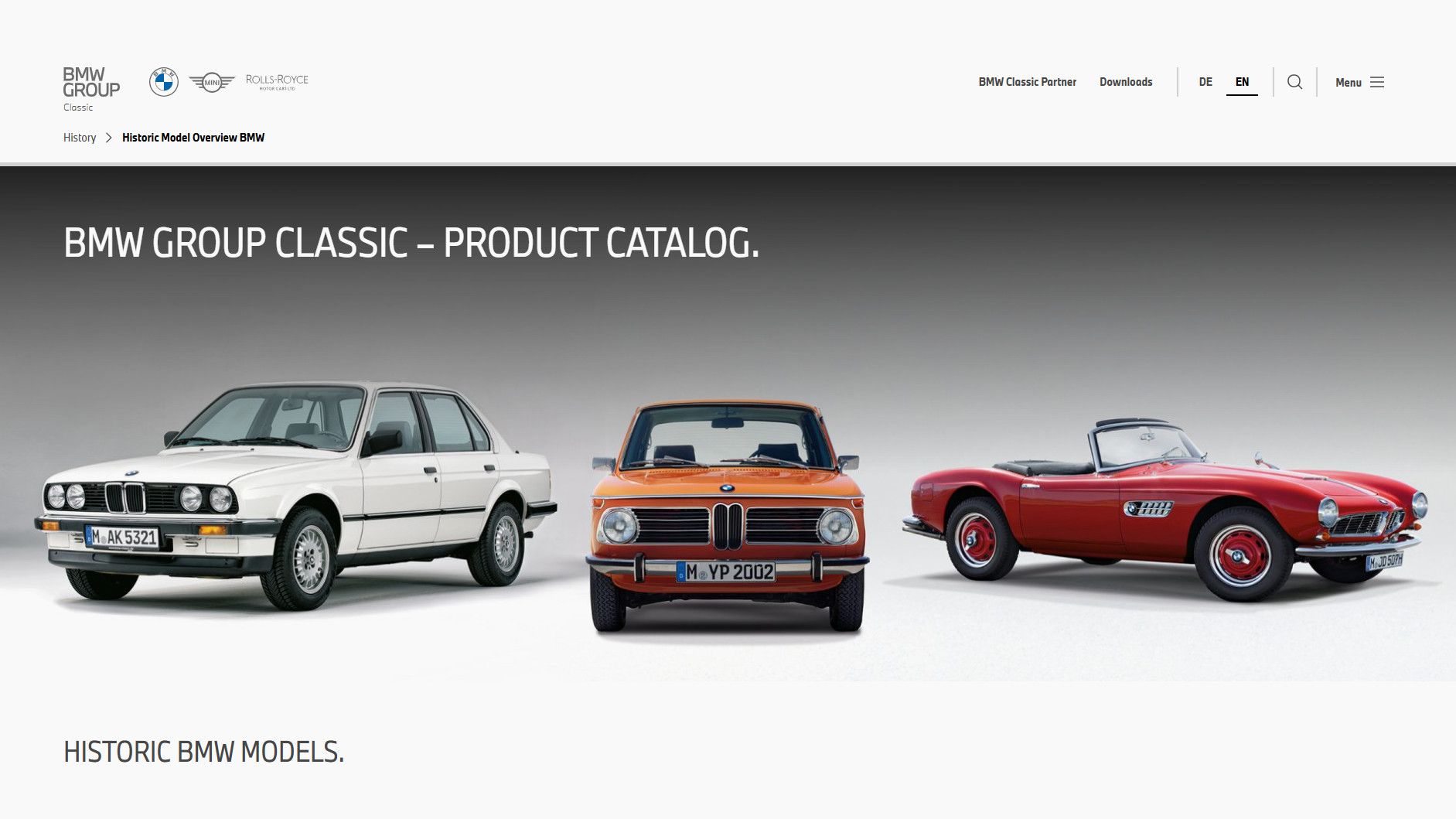 Peruse the new BMW Group Archive to explore the evolution of BMW design over the decades
Peruse the new BMW Group Archive to explore the evolution of BMW design over the decadesFor lovers of the marque, BMW’s commitment to online archiving is second to none. The latest website from the Bavarian manufacturer is this extensive visual catalogue of 80 years’ worth of BMW design
By Jonathan Bell
-
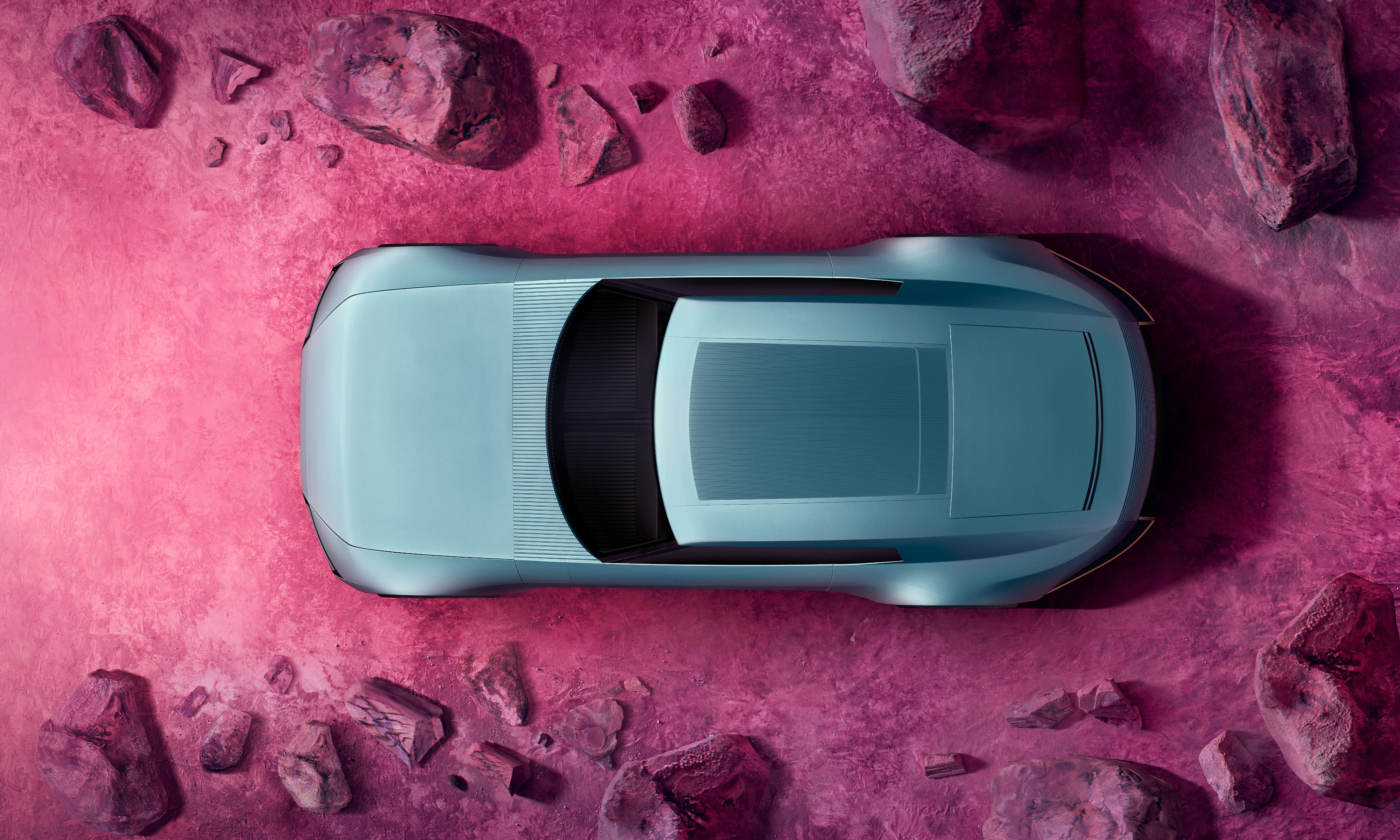 The top 10 concept cars of 2024, as selected by Wallpaper’s Transport Editor
The top 10 concept cars of 2024, as selected by Wallpaper’s Transport EditorWe round up our favourite forays into futuristic design with this collection of concepts and design studies showcasing the transport of tomorrow
By Jonathan Bell
-
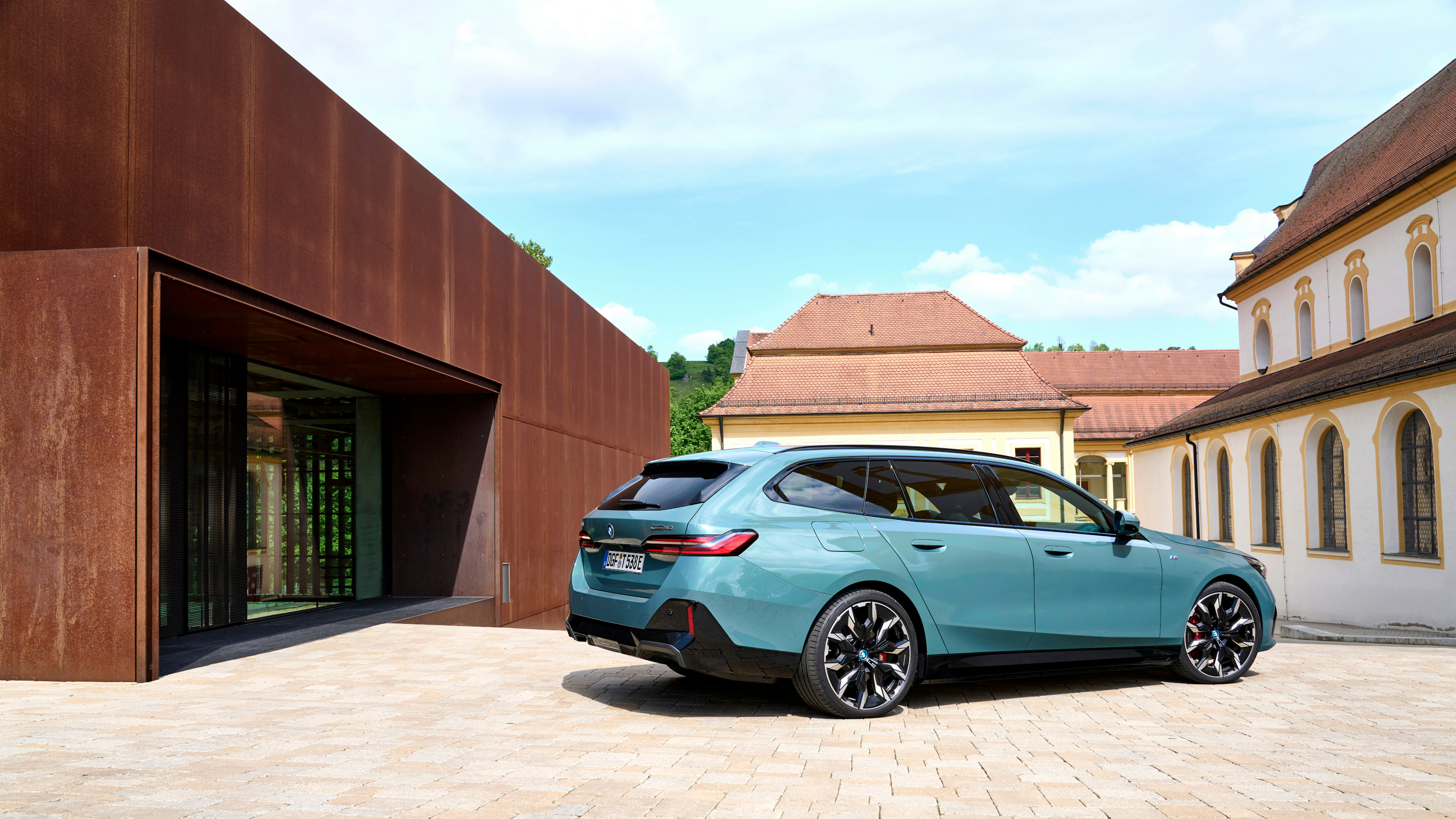 New BMW i5 Touring is an all-electric tech powerhouse that brings the noise
New BMW i5 Touring is an all-electric tech powerhouse that brings the noiseBMW has thrown its considerable expertise into making the i5 eDrive40 M Sport Pro Touring the ultimate zero-emission all-rounder. Jonathan Bell tries it out
By Jonathan Bell
-
 BMW’s limited-edition Skytop roadster draws on the past. Could it also predict the future?
BMW’s limited-edition Skytop roadster draws on the past. Could it also predict the future?Just 50 examples of the BMW Skytop are being built, and they’ve all been spoken for. We examine whether this classically styled machine is a harbinger of aesthetic change
By Jonathan Bell
-
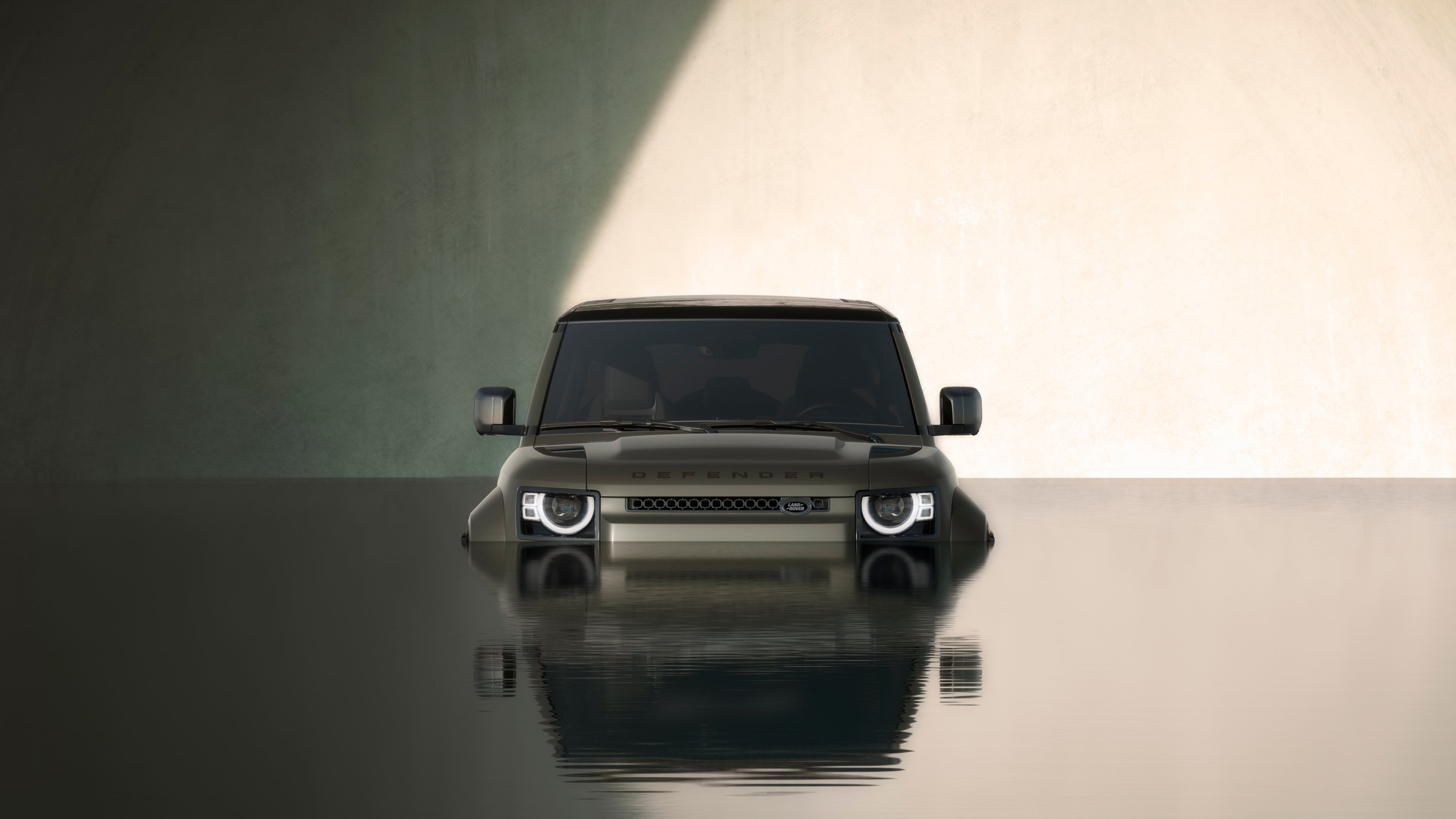 The 2024 Goodwood Festival of Speed hosted a wealth of auto innovation, from hypercars to hot hatches
The 2024 Goodwood Festival of Speed hosted a wealth of auto innovation, from hypercars to hot hatchesThe best new SUVs, EVs, hatchbacks and supercars to emerge from the 2024 Goodwood Festival of Speed
By Jonathan Bell
-
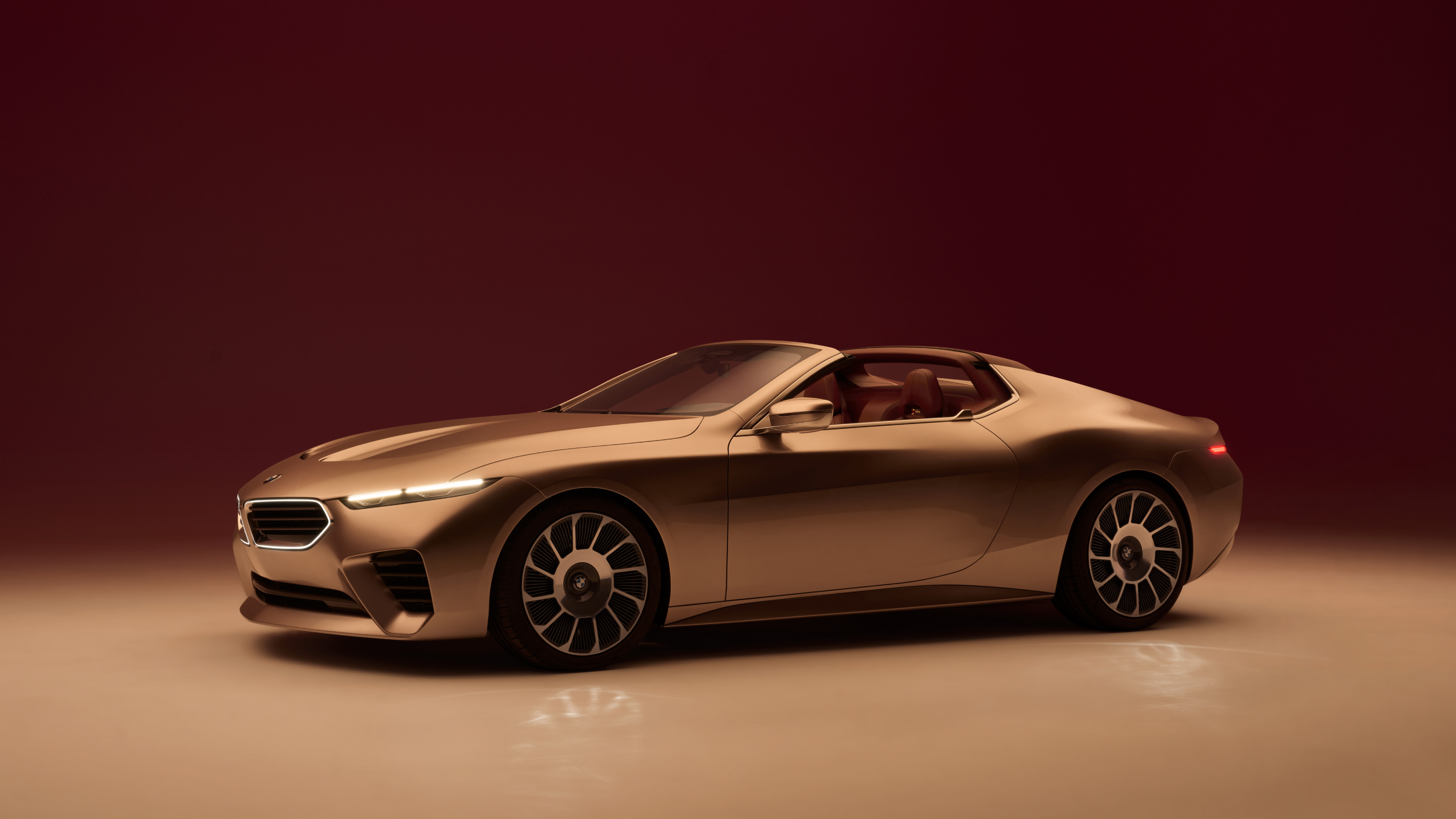 The Concept Mercedes-AMG PureSpeed and BMW Concept Skytop offer drop-top dreams
The Concept Mercedes-AMG PureSpeed and BMW Concept Skytop offer drop-top dreamsBMW and Mercedes-AMG open up with two new convertible concepts, one pitched at performance, the other at the spirit of the good life
By Jonathan Bell
-
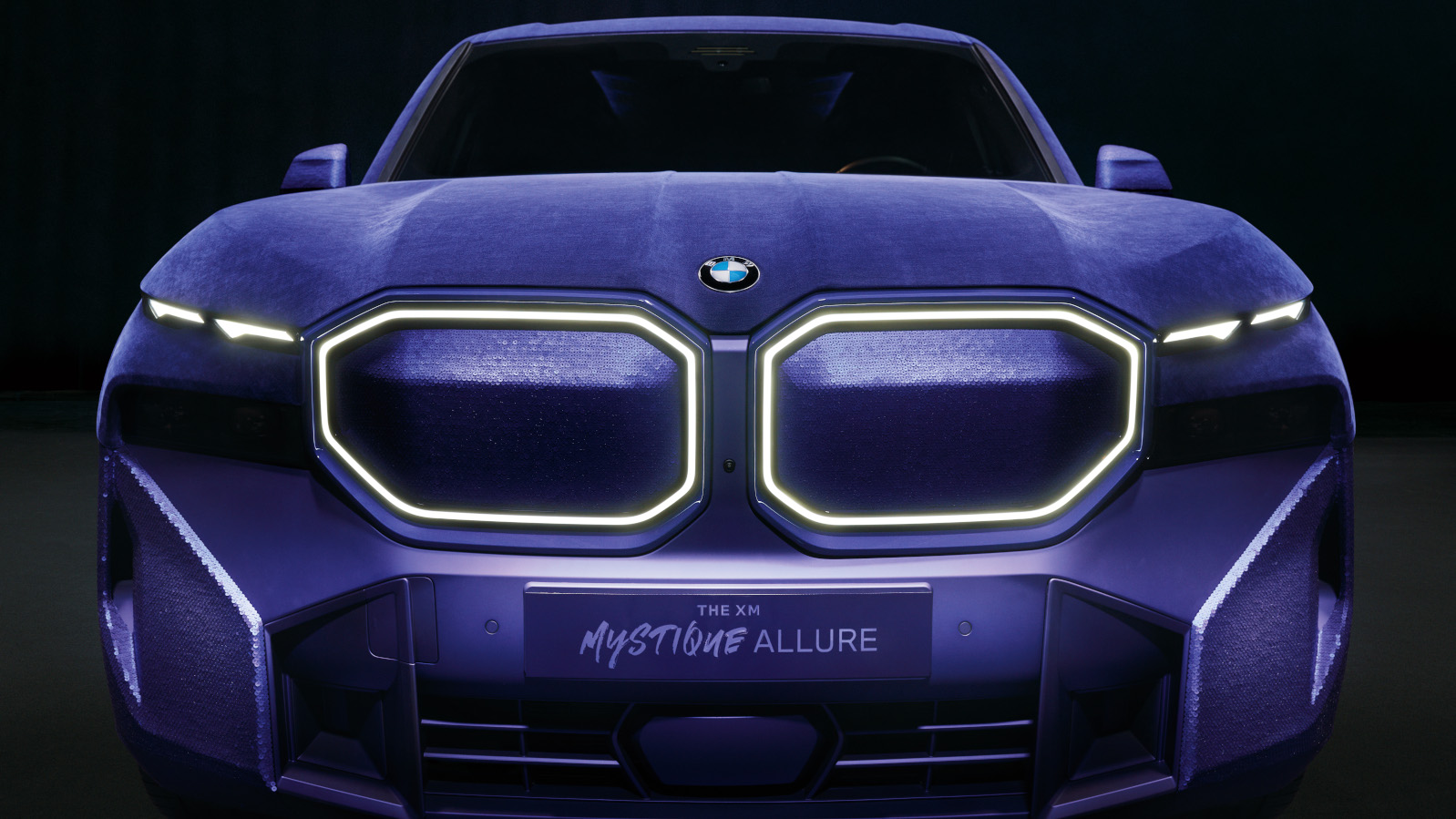 BMW launches its latest supermodel, the BMW XM Mystique Allure
BMW launches its latest supermodel, the BMW XM Mystique AllureThe haute couture-inspired BMW XM Mystique Allure, dedicated to Naomi Campbell and with a soundtrack by composer Hans Zimmer, makes its debut at Cannes International Film Festival 2024
By Simon Mills